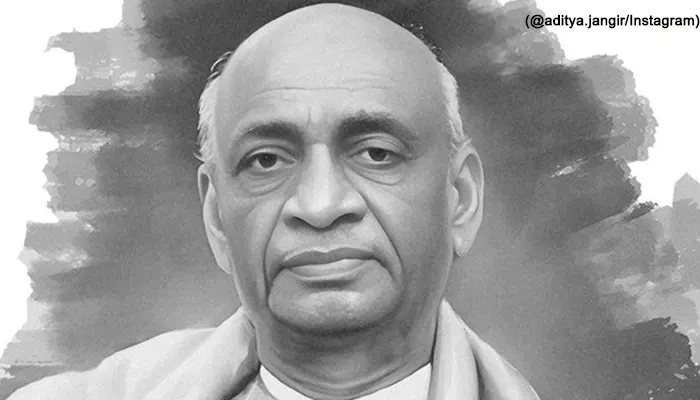World Bank Mentions India as Fastest Growing Economy: Driving Factors, Future Outlook, & Sustainability
- Admin
- 1 year ago
- 4 minutes read

As per World Bank’s prediction, India is set to remain the fastest-growing major economy worldwide.
With a GDP of USD 4.1 trillion, India is ranked in top 5 economies in the world. The June ‘Global Economic Prospects’ report by the World Bank has a GDP growth forecast for India at 6.6 per cent for FY25.
“This moderation is mainly due to a slowdown in investment from a high base. However, investment growth is still expected to be stronger than previously envisaged and remain robust over the forecast period, with strong public investment accompanied by private investment,” the report mentioned. With such an amazing trend, we will discuss about the driving forces, and future prospects of Indian economy.
Key Drivers for Growing Indian Economy:
Key Industries: Since independence, India has been an agricultural-dominated economy. It is the main source income and revenue. Currently, India is second-largest producer of fruits in India. In FY23, the share of agriculture in India's GDP was 15%.
Since 1970s, India has experienced growth in industrial sector. India is also one of the largest suppliers of pharmaceuticals, automobiles, and steel. As per recent statistics, India mined approximately 780 million tons of coal in 2022.
Over the last 50 years, the service sector in India has increased rapidly and has been supporting GDP significantly. India has highly skilled workforce which support the growth if IT and BPO sector. IT and BPO sector contributes at least 9-10% of India's GDP. The retail sector is another big contributer (10%). Apart from that, tourism and hospitality sector contributes approximately US$ 178 billion to the nation's GDP.
The Start-up Culture: In last couple of years, startup environment in India has gone through a phenomenal transformation, securing third place among largest startup hub globally.
Despite various challenges, venture capitalists, angel investors, along with private equity investors, have shown phenomenal confidence in Indian startups. Indian startups raised approximately $7 Bn in 2023. In the first quarter of 2024, 52 funds totalling around $4 Bn were accumulated by Indian startups. Tech startups is projected to grow from 68 thousand to 1.8 lakh in between 2023 to 2030. As per recent statistics, 7.56 lakh jobs were created by Indian startups in 2023.
Transition to Digital Economy: Since launch of ‘Digital India’ initiative, strategic planning has helped remarkable growth in past decade. Former Union minister Rajeev Chandrasekhar predicted that the digital economy will contribute at least 20% of India's GDP by 2026.
Fastest Growing Sectors:
With the advancement in Artificial Intelligence (AI), Data Science, and growing educated workforce, the Information Technology (IT) industry has flourished over last couple of decades in India.
The hospital and healthcare domain is another booming sector in India. Owing to technological advancements and skilled professionals, this sector is expected to grow bigger in coming years.
Being the most populous country, India has a high demand in household items, personal care, and lifestyle products. With the access to e-commerce, FMCG sector is predicted to grow much bigger and create more millionaires.
With rising awareness in green infrastructure to reduce carbon footprints, numerous start-ups are venturing into renewable energy sector.
With the support by Indian government like ‘Make in India’ campaign, infrastructure sector is set to reach new heights in this decade.
With Indians embracing digital payment, Fintech has become one of the prominent drivers of Indian economy.
In the January-March quarter, India's GDP growth reached 7.8%. As per the Ministry of Statistics and Programme Implementation data, “for the entire fiscal year 2023-24, GDP growth has been revised upwards to 8.2 per cent from the second advance estimate of 7.6 per cent.”
This is far better than global performance which is predicted to be 2.6% during 2024-25. India, the largest economy in South Asia, is expected to perform much better while focusing on sustainability.
The World Bank also noted that global cooperation is crucial to improve overall economy and reduce the growth of inflation.



.webp)

.webp)






